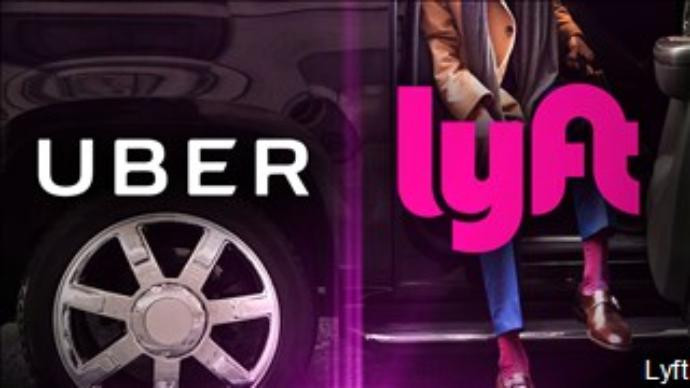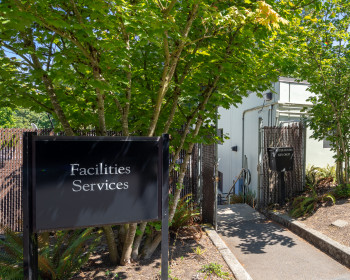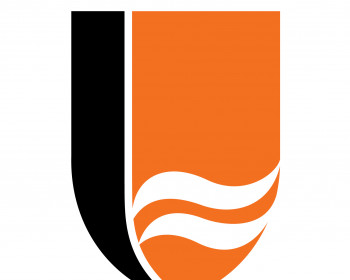Important Safety Message Regarding Ridesharing
Open gallery

This is a special safety bulletin distributed on behalf of the Vice President for Student Life Robin Holmes-Sullivan
Dear Lewis & Clark Community,
As we approach the end of the academic year, we have much to celebrate. Hundreds of our students are getting ready for commencement and the culmination of their academic achievements. Together, we have a lot to be grateful for.
Even during this season of celebration, however, difficult events can happen. You may have heard of the tragic loss of a University of South Carolina student who mistakenly got into a car she thought was her Uber ride. We mourn this young person’s death, and our hearts and thoughts are with her family, friends, and the University of South Carolina.
Although that may seem far away, we must all be cautious at all times. Many of us use and rely on ride services to get us to and from places. I do so myself. And I see many of you hailing Lyft and Uber on a regular basis. However, it is events such as the tragic one that happened in South Carolina that reminds us that we must be vigilant and look out for ourselves and each other. Here are a few tips I encourage you to practice:
-
Ask the driver for the name of the person they are picking up. Ride-sharing companies such as Lyft and Uber receive a message on their phone with your first name depicted when you request a ride. Before getting in the car, ask the driver “who are you picking up?” If they do not have your name, reconsider riding with them—they are most likely not your driver.
-
Plan ahead. Before you request a ride, think about where you’re headed and review the safety features in the rideshare app so you know how to use them. Also, pick a well-lit location for the pickup and always stay with your group, avoid riding by yourself if possible.
-
Get in the right car. Before you get in the car, check that the license plate, driver photo, and driver name all match what’s listed in the app. Remember: most rideshare apps will not allow you to initiate a ride once you have already boarded a vehicle.
-
Be a backseat rider. If you’re riding alone, sit in the backseat. This ensures you can safely exit on either side of the vehicle to avoid ongoing traffic, and it gives you and your driver some personal space.
-
Buckle up. Seatbelt use if the most effective way to save lives and reduce injuries related to car accidents.
-
Share your trip details with a friend. Most rideshare apps have the ability to share your location and information with a friend or family member from inside the app. Or just text your friends and/or family and let them know your route.
-
Check the child locks. Verify that the driver does NOT have the child locks on the rear car doors. Don’t hesitate to just ask the driver this directly–you need to be able to get out in case of an emergency.
-
Protect your personal information. There’s no need to share your phone number or other contact information with your driver.
-
Request your ride inside. Avoid spending unnecessary time outside alone with your phone in your hand. Instead, wait indoors until the app shows your driver has arrived.
- Follow your intuition. Trust your instincts and use your best judgment when using a rideshare service. If something feels wrong, try to get out of the situation or don’t accept the ride. And if you ever feel you’re in an emergency situation, call 911 immediately, Portland Police Bureau at (503) 823-3333 or Campus Safety at (503) 768-7777
Your safety is of utmost importance to us. As we near the end of the semester, celebrate all that you have accomplished and also be sure that you are always thinking about ways to ensure your own safety and the safety of our community.
Best,
Robin H. Holmes-Sullivan, PhD
Vice President for Student Life and Dean of Students
preferred pronouns she/her
More The Source Stories
email source@lclark.edu

